Indonesia is made up of islands, lots of them, in
fact, over 17000 islands. The origins of these islands vary from coral
atolls, continental masses or slivers, accreted oceanic wedges and
volcanoes rising from the sea floor. All told, it's a great place to
hunt rocks formed by hot volcanic fluids circulating thru a multitude of
differing geology.
Ornamental jaspers, agates and thunder-eggs are
common across the country. Indonesians love natural stone with graphic
beauty. There is a big following for picture stones across the country.
I have seen agates from Timor, Irian Jaya, Kalimantan, Java and
Sumatra. I am sure there are many more locations than I’ll ever have
time to see.
The stone markets in Surabaya and Jakarta have a
constant flow of new materials. Yet of all the Indonesian agates I have
seen to date, none exhibit more variety of color and complexity than the
Sumatran Agate (Photos #1 & #2).


The first time I noticed these agates was when some villagers in West Java showed me a large bag of heated red and orange banded and fortification rich agate cabs (Photo #3 & #4).


In the pile were a few cabs with rich yellow, pink,
purple and red bands and fortifications. These were cut from 100%
natural, unheated agates (Photo #5 & #6).

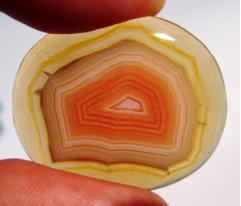
I decided to study up on agate genesis and what rock types they form in so I could go to Sumatra and track down these beauties.
After a review of studies and theories from the USA,
Germany, Russia and the good old internet, it became clear the genesis
of agates is complicated! The important components are geological
formations consisting of rock types in which voids occur and warm,
volcano related, silica saturated waters are present to migrate thru the
pores and cracks to fill the void. Voids are commonly known to occur in
gaseous volcanic rocks (basalts) or solution cavities in calcareous
rocks (limestone). That does not mean there are not a myriad of other
source rocks..there are!
The origins of these rocks can be terrestrial or
submarine. That didn’t help much in narrowing my search so I left the
geological maps behind and struck out to hunt down the perfect agate.
Sumatra is the 6th largest island on earth, 1690km
long and 400km wide. There are 37 volcanoes considered recent and most
are intermittently active. These young volcanoes are scattered from the
far north end to southern tip along the Bukit Barisan Mountain range.
In addition, the island has a long history of volcanism. Volcanic rocks,
intercalated with marine reefal limestone and other sediments date all
the way back into the late Jurassic (about 145mya).
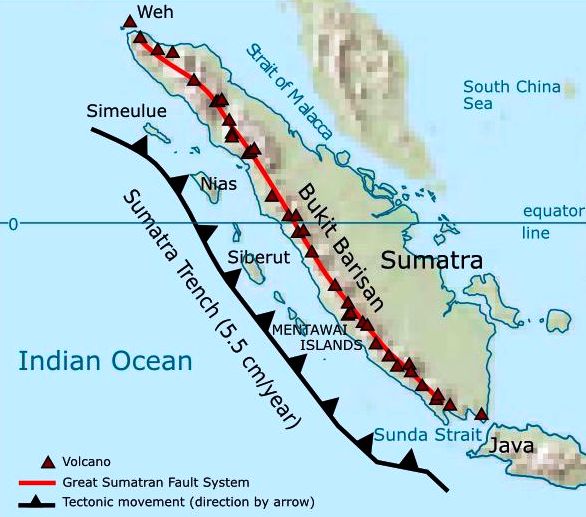
By these associations, I conclude that these agates
were likely formed in solution cavities in calcareous marine sediments
which were exposed to warm silica saturated (hydrothermal) volcanic
waters.
The colors of the bands in these agates vary widely.
Coloration of agates is caused by metallic ions which are introduced
with the influx of amorphous silica. These elements join together,
forming bands and fortifications of micro or crypto crystalline layers
which plate out on the walls of the cavity. The banding and coloration
depends on the solution chemistry, temperature, pressure, and oxidation
state. The hydrothermal fluids travelling thru the pores and cracks in
the surrounding rock formations can leach metallic ions and other
elements and deposit them in the voids and cavities creating an agate.
Iron alone can cause purple, blue, yellow, orange or
red bands. Nickel, vanadium or chromium inclusions show as shades of
green. Manganese can exhibit pink, violet or black and copper can be
red, blue or green. Combinations of minerals effect color as does
temperature, pressure and radiation.
A complex fortification agate is likely formed over a
great length of geological time experiencing a great variety of
conditions.
There are no two agates exactly alike. Each one is a unique creation of nature! Enjoy Photos #9 thru #20 below:
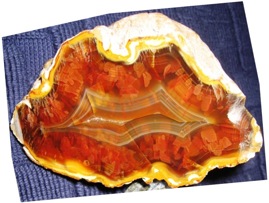
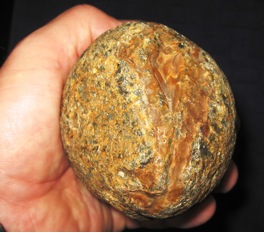
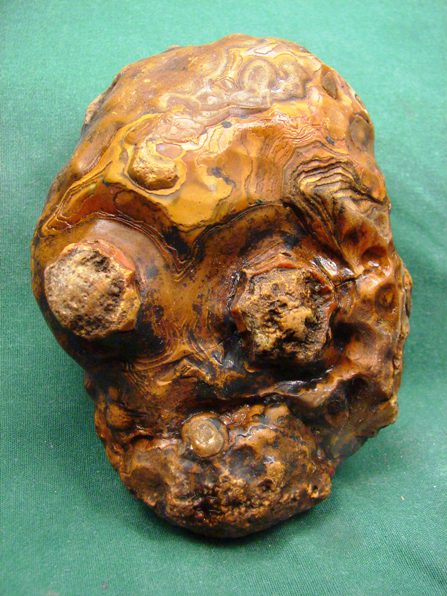
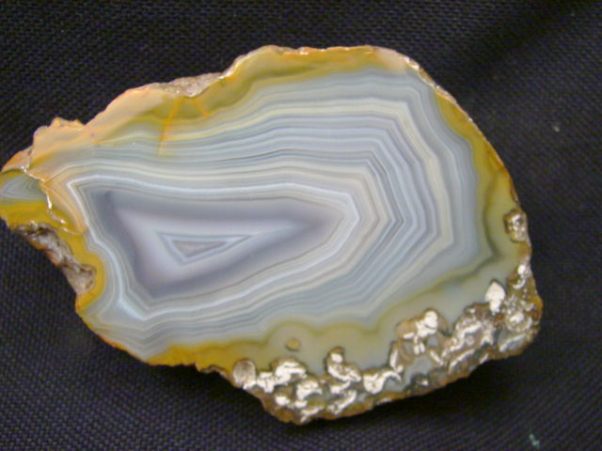
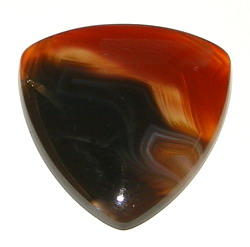
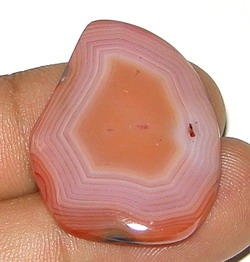
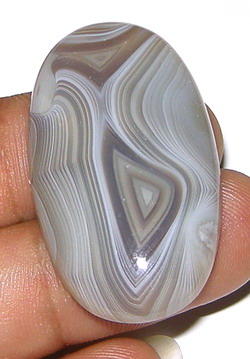
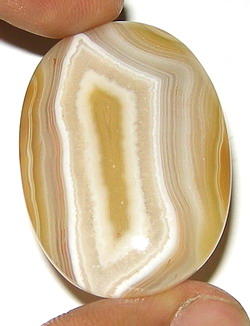
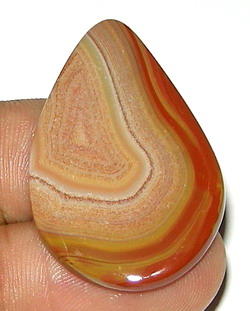
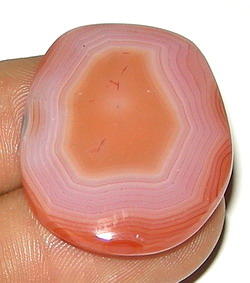
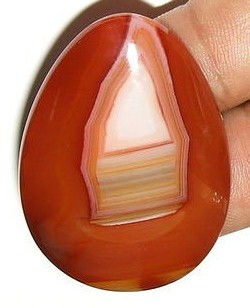
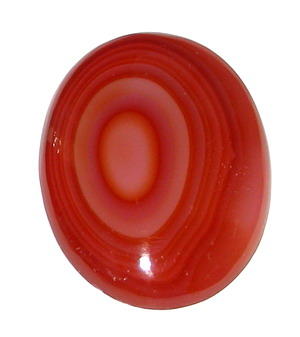
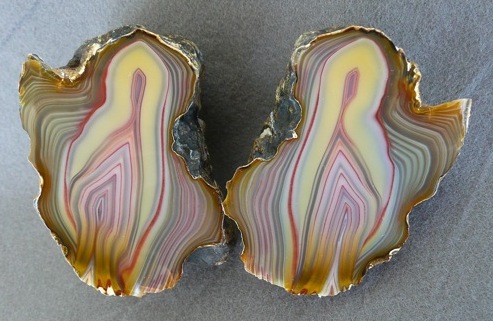
No comments:
Post a Comment